SC rejects Tamil Nadu’s interim prayer to 50% OBC Quota in TN Medical Seats For 2020-21
- Monday | 26th October, 2020
Not only invent but also patent the inventions for AtmaNirbhar Bharat, says Pokhriyal
- Monday | 19th October, 2020
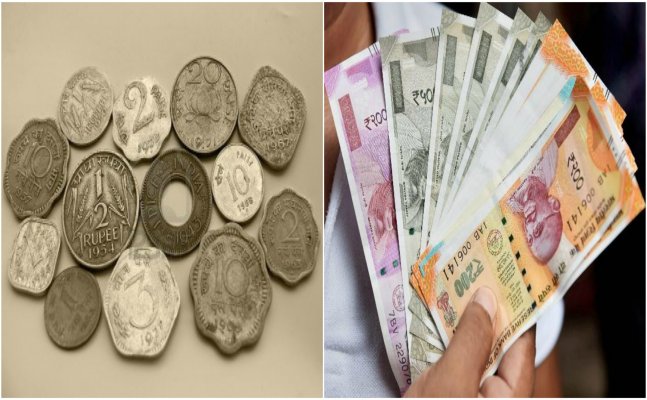
With new currency notes of denominations Rs. 50, Rs. 200, Rs. 500 and Rs. 2000 flourishing in Indian Market, let’s have a look at the journey of Indian currency right from irregular coins to fluorescent notes
The modern ‘Rupee’ got its name from Sanskrit word ‘rupya’ implicating shaped, stamped, impressed or coin. The currency we hold today has a long journey associated with it. It can be traced back to as old as 6th century BC. It was in the 19th century that Britishers introduced paper money in Indian sub continent.
Let’s have a look at the journey of Indian currency from irregular coins to currency notes
Coins of 6th century BC
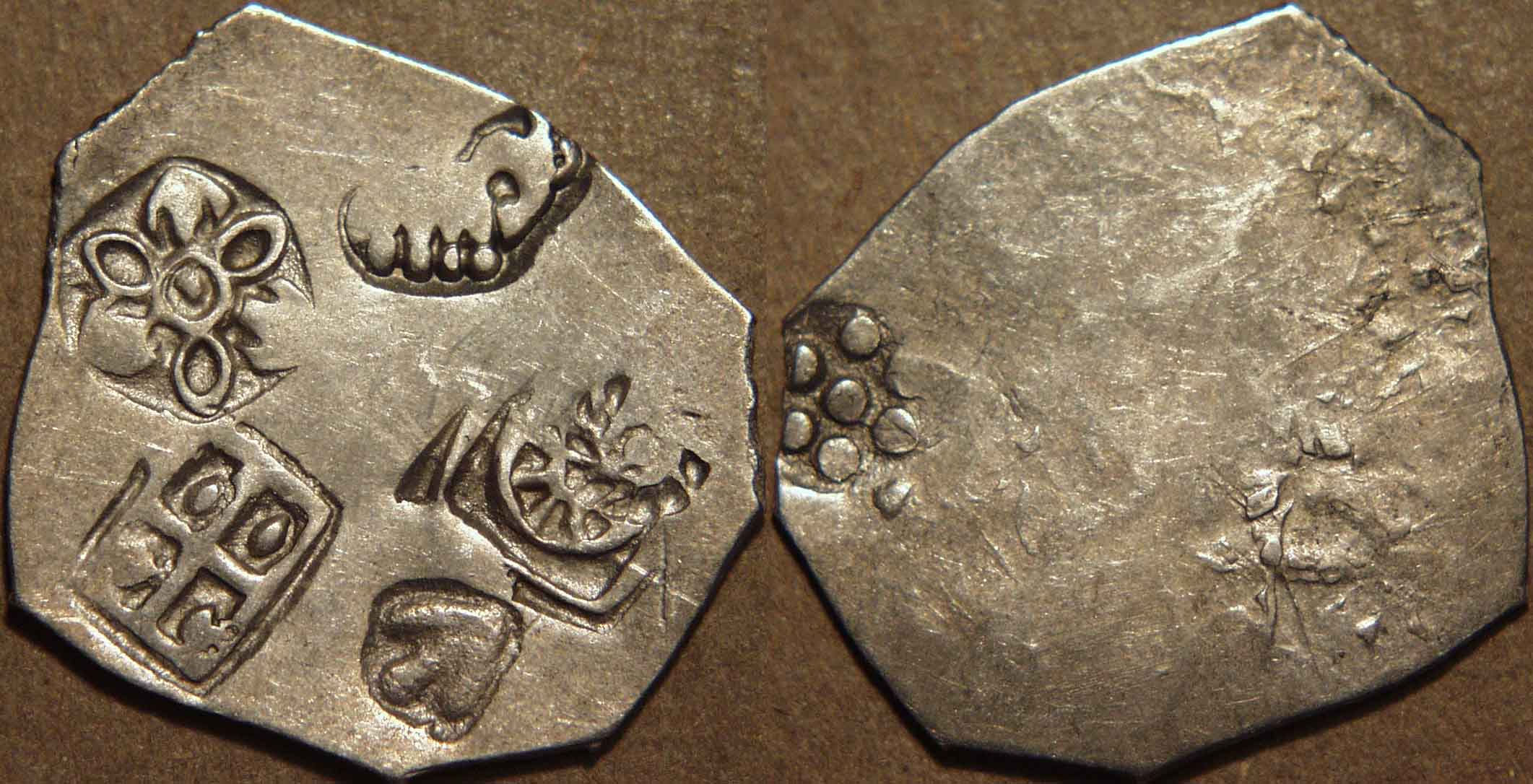
These coins were irregular in shape and were made of silver, they had different markings and symbols like Saurashtra had a humped bull, Dakshin Panchala had a Swastika and Magadha many other symbols.
The Mauryan and 12th-century coins

Mauryans made coins of silver, gold copper and lead and introduced Greek custom of engraving some portraits on the coin.

By the 12th century, the Turkish sultans of Delhi replaced the kings with calligraphy patterns of Islam. They were popularly called as Tanka and Jittals
1st paper currency of India
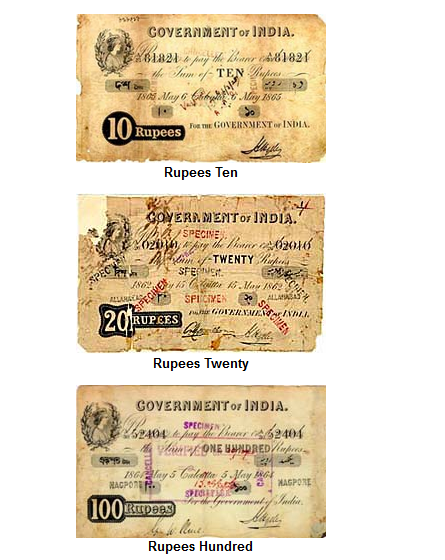
It was the 18th century that Bank of Hindostan General Bank in Bengal and the Bengal Bank issued paper currency for the first time India. These notes featured a small image of a female figure meant to represent the idea of commerce as well as the bank’s name and the denomination in three scripts: Urdu, Bengali, and Nagri. They were available in denominations of Rs10, Rs20, Rs50, Rs100, and Rs1,000.
The Portuguese issued ‘rupia’ notes
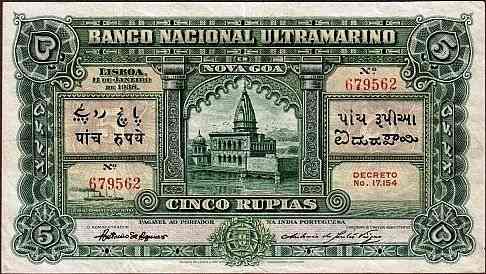
Colonial governments also printed notes to be used in their territories in India. Starting in 1883 the Portuguese issued “rupia” notes, and they were used until 1961.
RBI setting currency notes
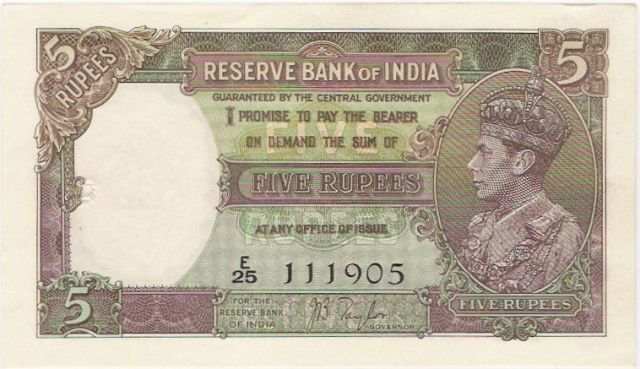
In 1935, Reserve Bank of India was set up and was empowered to issue government of India notes. The first paper note issued by RBI had King George VI’s portrait and was a 5 rupee note, in 1938.
The first note after Independence
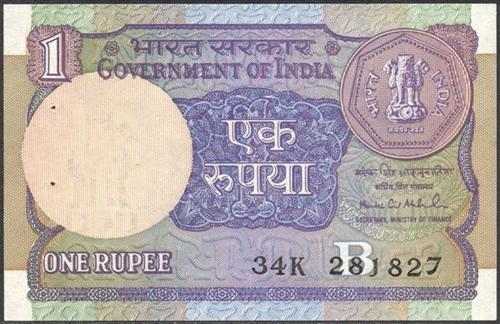
After independence when India became a republic, it gave the signature style to its rupee and choice the Lion capital at Sarnath as their symbol replacing King George VI.
Mahatma Gandhi commemorative notes
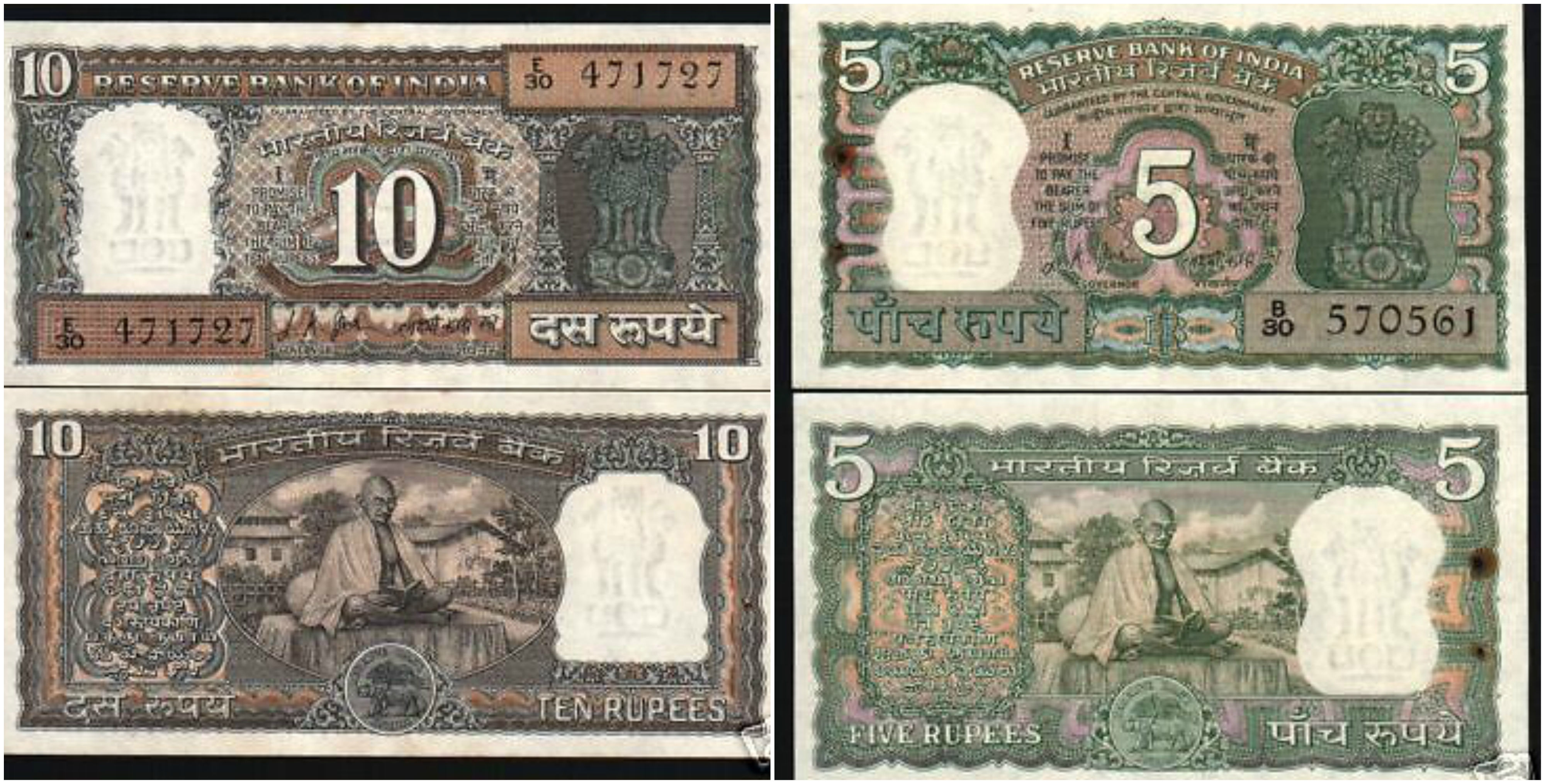
It was in 1969 a series of Rs 5 and Rs 10 notes were issued in remembrance of Mahatma Gandhi Birth Centenary.
Currency during World War
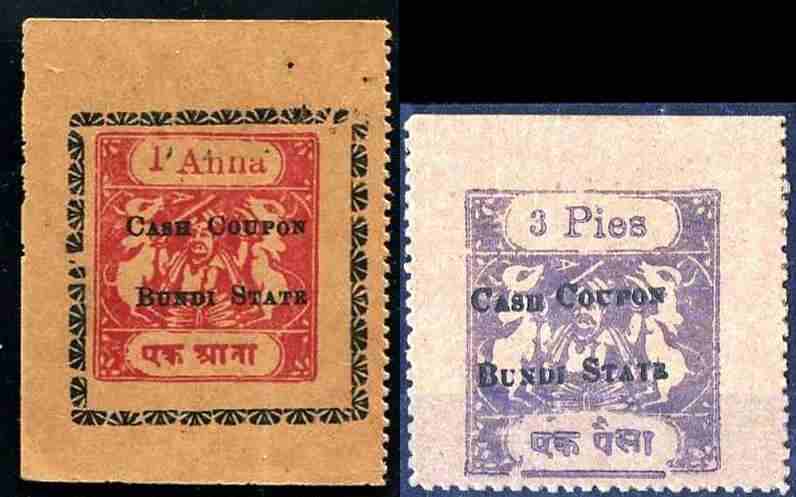
During World War I and II, due to a shortage of metals, paper tokens were issued instead of coins. It was adopted by 36 princely states like Gujarat, Rajasthan, Sind, Baluchistan and Central provinces.
Series of Mahatma Gandhi notes
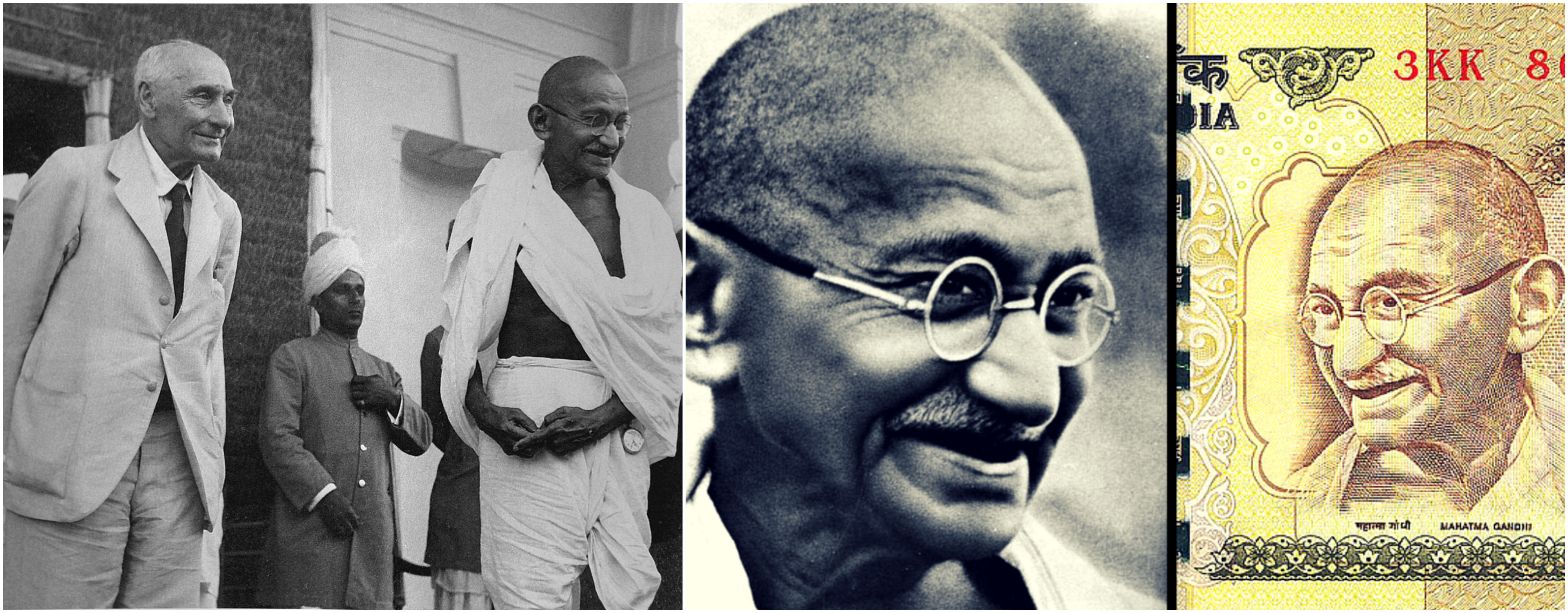
It was much later in the year 1996 that Mahatma Gandhi series was introduced. The portrait we see is taken from a photograph where he is standing next to Lord Fedrick William Pethick- Lawrence, a great political leader.
Rs. 5 note- the back side shows farm mechanization process an agricultural process.
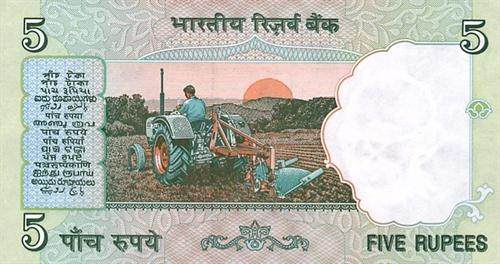
Rs. 10 note- the back side has the rich fauna of India symbolizing the biodiversity of India.
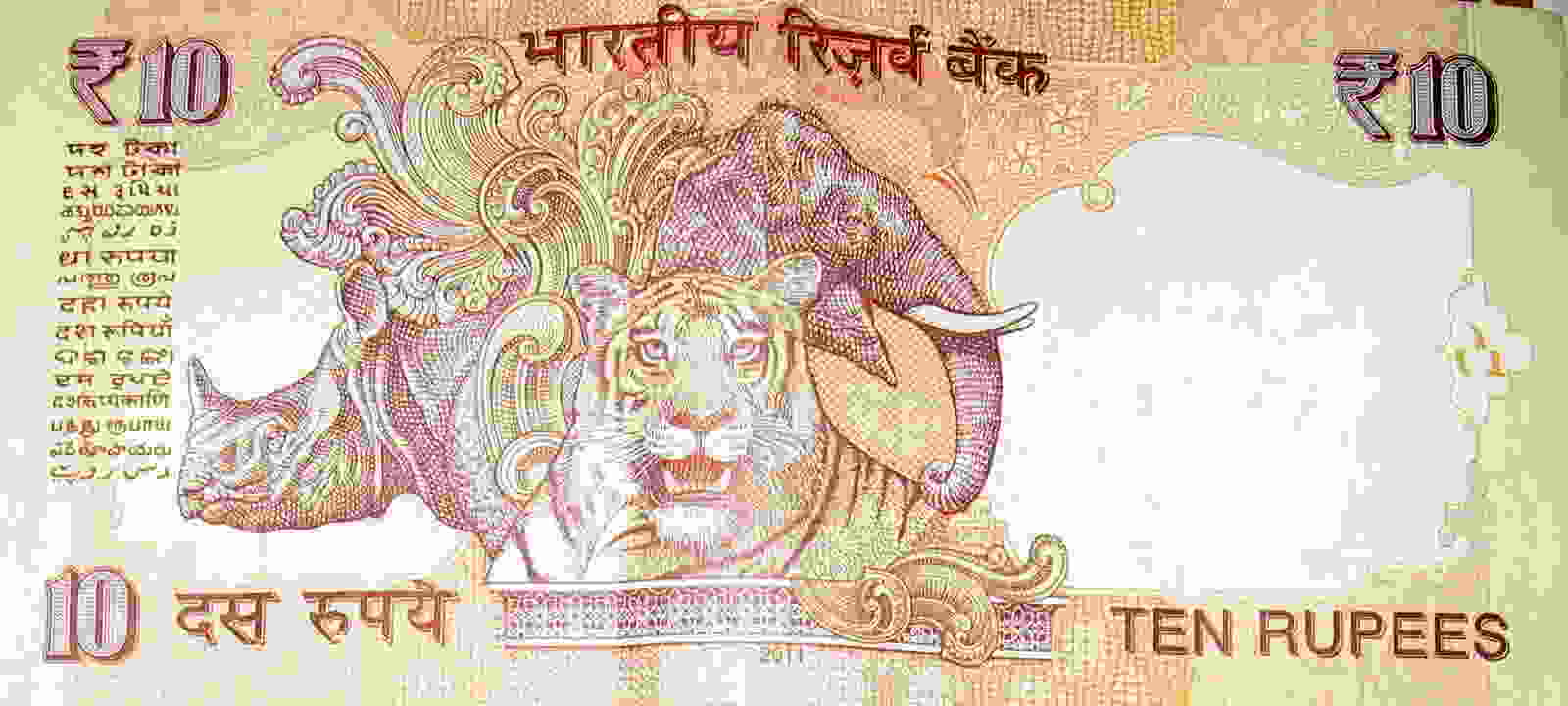
Rs. 20 note- at the back we see an image of Palm trees from Mount Harriet and lighthouse of Port Blair as seen from Megapode Resort.
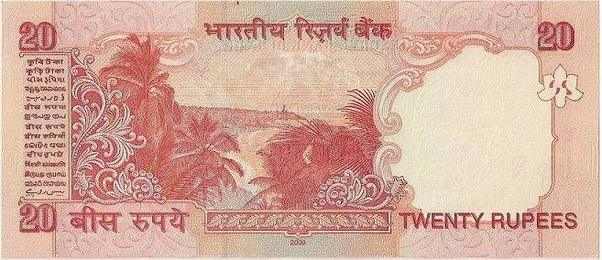
Rs. 50 note- looking at the back side we see the picture of Indian Parliament.
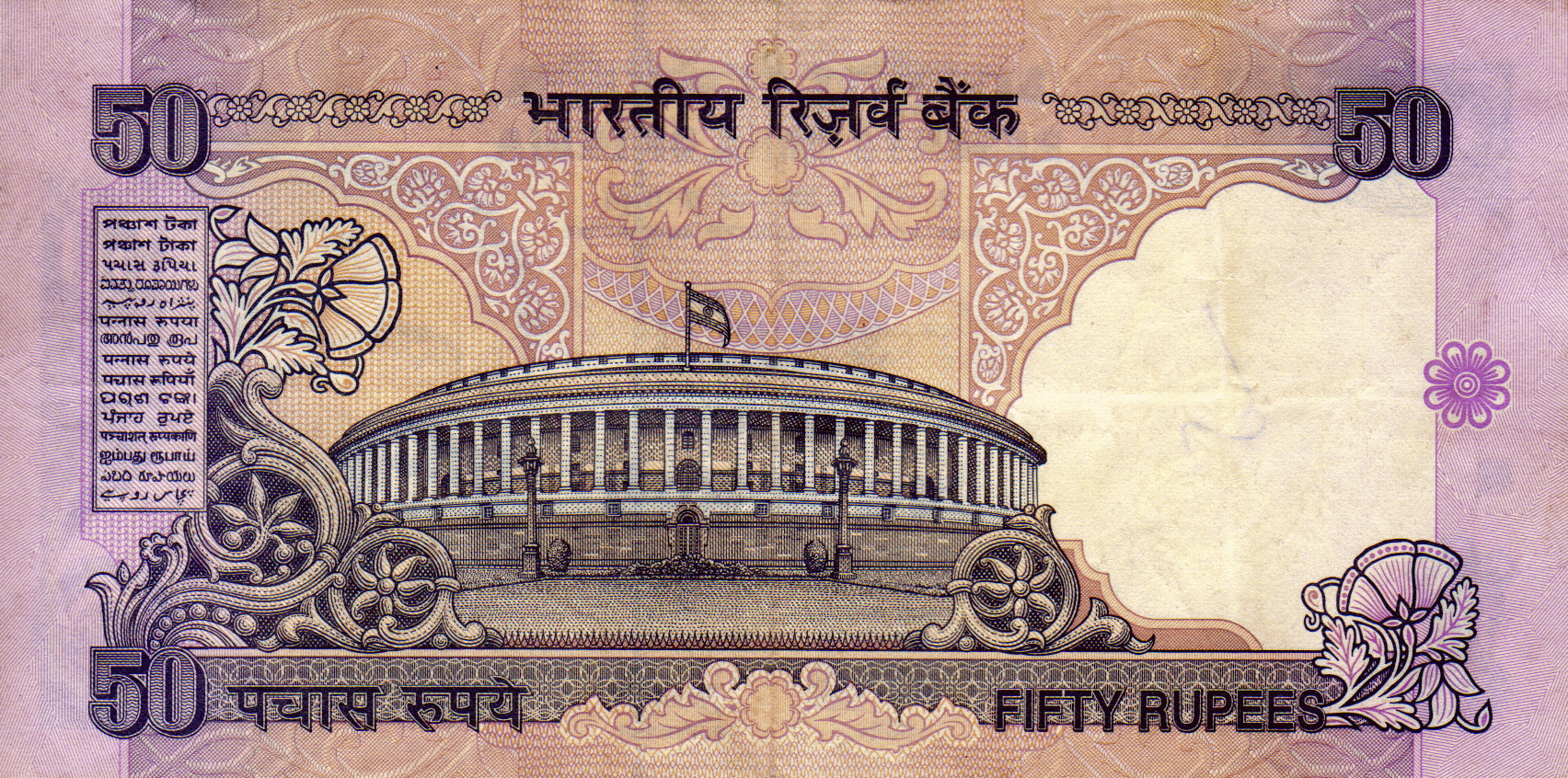
Rs. 100 note- the reverse shows the mighty Himalayan Mountains.
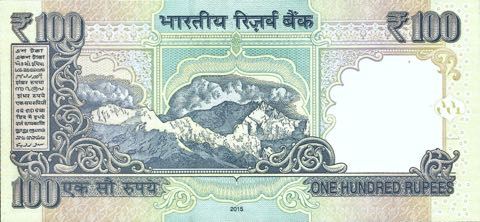
Rs. 500 note- on reverse was the image of Dandi March or Satyagraha the movement which was launched by Gandhi Ji in 1930.
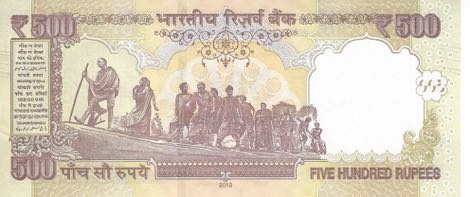
Rs. 1000 note- the back side represented the economy of India, which had Grain Harvesting, Oil rig, Space Satellite Dish, Metallurgy and a girl working on computer representing different economic sectors.
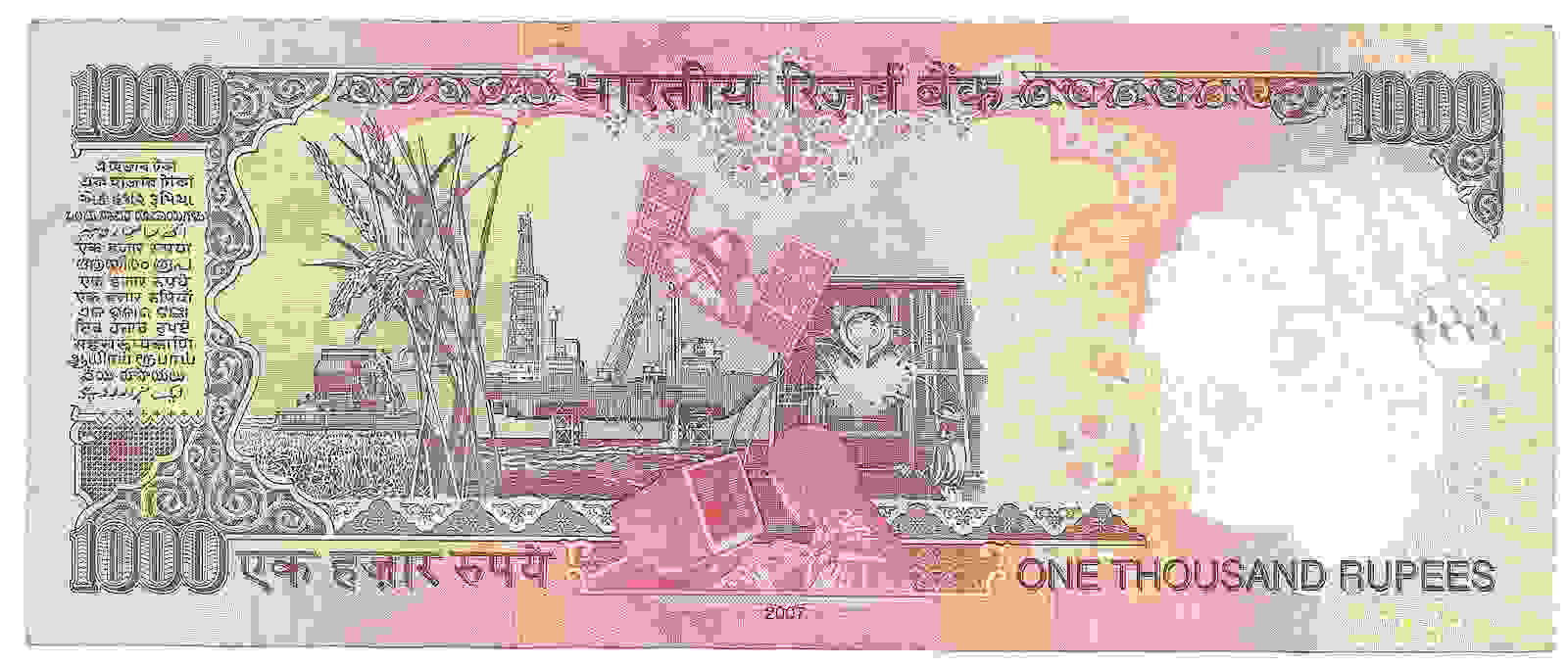
New Rs. 2000 note- the reverse of this note shows India’s Mars orbit mission, giving a glimpse of technological advancement of the country.
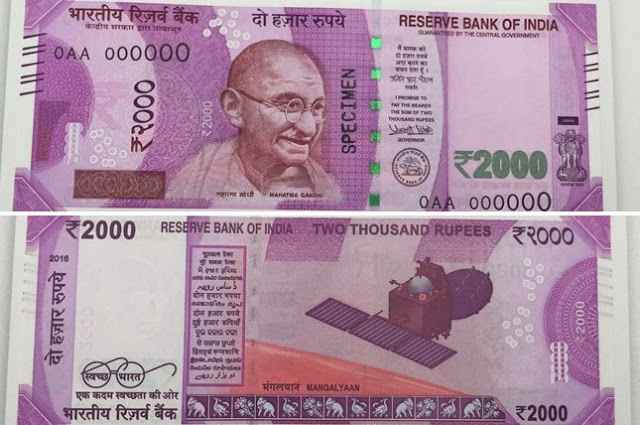
New Rs. 500 note- the reverse had the logo of Swacch Bharat Prime Minister Narendra Modi’s “clean India” campaign and has an image of Delhi’s Red Fort.
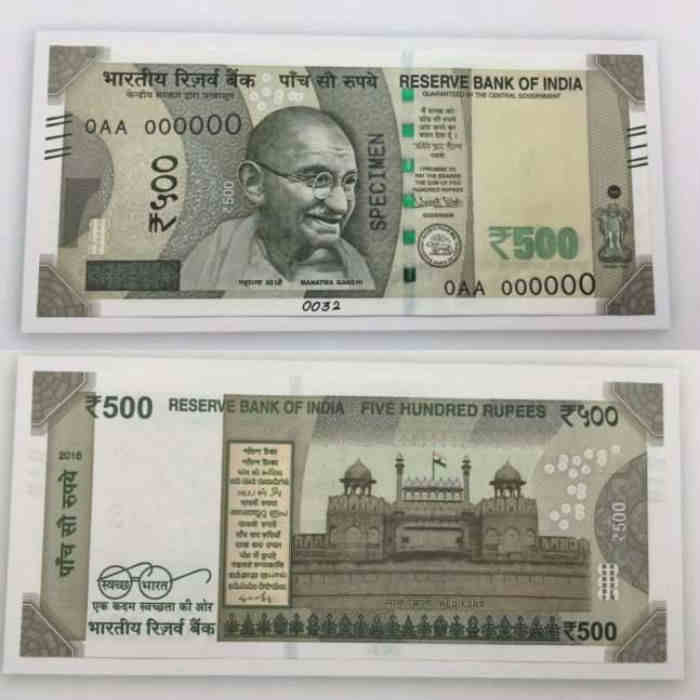
New Rs. 200 note- It has the motif of ‘Sanchi Stupa’ on the reverse, depicting the country’s cultural heritage.
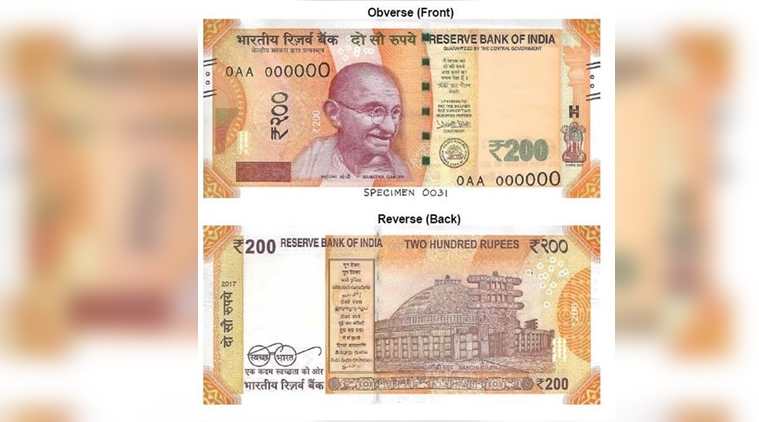
New Rs. 50 note- the back has a motif of Hampi with Chariot on the reverse, depicting the country’s cultural heritage
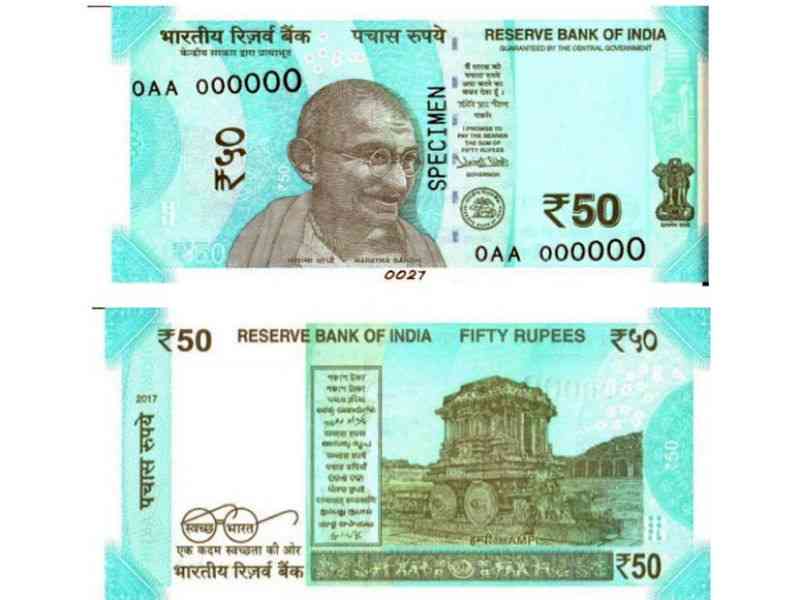
Certainly Indian has taken a long journey from irregular coins to fluorescent notes, and from representing great kings to cultural diversification and developments in the country.

Your support to NYOOOZ will help us to continue create and publish news for and from smaller cities, which also need equal voice as much as citizens living in bigger cities have through mainstream media organizations.
